When it comes to purchasing new tires, tire treadwear ratings are one of the most important factors to consider. This rate is a standardized measurement that indicates how long a tire can be expected to last under normal driving conditions.
Yet, understanding treadwear ratings can be confusing and overwhelming, especially for those who are new to buying tires. Let this article help and provide you with all the information you need to know about this matter.
In this article:
What Does Tire Treadwear Mean? Where To Find Treadwear Rating On Tires
Tire treadwear refers to how long a tire’s tread is expected to last before it needs to be replaced. The tread is part of the tire that makes contact with the road, so its wear directly affects its grip and safety.
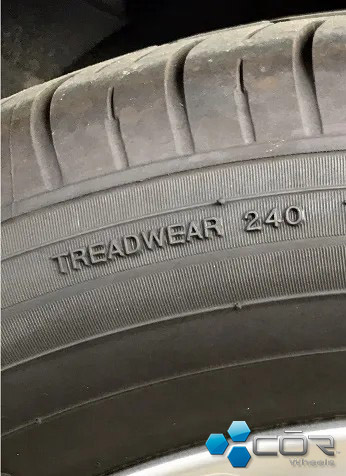
Treadwear ratings are typically displayed as a number on the tire sidewall, ranging from 100 to 800. The higher the number, the longer the tire is expected to last.
Regularly checking your tire treadwear can help you identify potential safety issues and ensure your tires are performing at their best. Uneven wear or bald spots can be signs of a problem, and addressing these issues can help prevent accidents and prolong the life of your tires.
You can find the treadwear rating on the manufacturer’s website or by checking the tire’s owner’s manual. Additionally, there are several online tire retailers that provide detailed information about the tire’s treadwear rating, making it easier to compare different tire options.
Tire Treadwear Rating Chart
Understanding tire treadwear is essential for vehicle safety and maintenance. We have created the rating chart below to give you a better vision.
| Tread Type | Average Treadwear | Lowest Treadwear | Highest Treadwear |
| All Season | 504 | 180 | 820 |
| All Terrain | 506 | 320 | 680 |
| All Terrain/ All Season | 546 | 300 | 680 |
| All Weather | 509 | 400 | 700 |
| Highway All Season | 428 | 300 | 500 |
| Highway Terrain | 480 | 480 | 480 |
| Highway Terrain All Season | 632 | 420 | 740 |
| Highway/Regional | 600 | 600 | 600 |
| Mud Terrain | 413 | 380 | 420 |
| On/Off Road | 474 | 320 | 600 |
| Passenger All Season | 554 | 240 | 680 |
| Performance All Season | 429 | 140 | 760 |
| Performance Summer | 264 | 30 | 500 |
| Performance Touring All Season | 509 | 320 | 700 |
| Summer | 323 | 60 | 560 |
| Touring All Season | 546 | 140 | 860 |
| Touring Summer | 392 | 140 | 640 |
| Winter | 500 | 500 | 500 |
The actual tire mileage can vary based on a number of variables, so it’s crucial to keep in mind that this table is just intended as a basic guide. These elements include the weather, road conditions, tire maintenance, and driving habits.
Before making any judgments, it’s best to confirm your tire manufacturer’s unique rating method as certain tire manufacturers may use a different treadwear rating system.
Relation Between Treadwear Rating And Mileage
Treadwear rating and mileage are two key factors often used to assess the longevity and durability of tire models. Treadwear rating is a standardized measure of how long a tire can be expected to last based on a test conducted by the tire manufacturer. It is usually expressed as a number, with higher numbers indicating longer life expectancy.
Meanwhile, actual tire mileage is the distance a tire can travel before it needs to be replaced. The relation between treadwear rating and mileage is complex, as there are many factors that can affect tire wear, such as road conditions, driving style, and maintenance.
- Tread Design. Because different tread patterns respond in various ways, the tread life of the tire is affected by the compound combination tread design of the tire.
- Driving Style. The potential of uneven and premature wear is increased by abrupt accelerations and hard braking, which can considerably reduce a tire’s useful life.
- Weather. Compared to tires used in temperate regions, extreme weather conditions, including heat and cold, can hasten the wear of the tread.
- Road Quality. A tire’s integrity and performance can be fatally damaged by a variety of road hazards and road surfaces, shortening the tire’s service life.
- Maintenance. To guarantee a long tread life, regular tire care is essential. This includes balancing, rotating, and checking the tire air pressure.
Generally, tires with higher treadwear ratings tend to last longer and achieve higher mileage, but this is not always the case. Other factors, such as the type of vehicle and the weight it carries, can also affect tire wear and mileage.
For example, we use Goodyear Wrangler DuraTrac Radial 275/60R20 tires with a 500 treadwear rating on our Mazda CX-30 (SUV) and Wrangler All-Terrain Adventure LT275/70R18 tires from the same brand with a 640 rating on our GMC Sierra 1500 (pickup truck).
As we usually tow trailers, campers, and carry heavy cargo on the pickup truck, treadwear appears sooner on their tires, despite the higher treadwear rating. And we have to replace them after 45,000 miles, a lot shorter than the 60,000-mile warranty from Goodyear, while the tire set on our SUV is still in good use.
It’s important to note that proper tire maintenance, including regular rotation and alignment services, can significantly extend the life of a tire, regardless of its treadwear rating.
Keep in mind that the totality of the aforementioned elements might significantly reduce a tire’s usefulness. Tires should no longer be utilized once tread wear reaches the groove-mounted tread wear indicator.
What Is A Good Treadwear Rating On A Tire?
A good treadwear rating on a tire depends on various factors, such as the type of vehicle and driving conditions. Generally, a treadwear 500 to 700 rating is considered good for most passenger cars and SUVs. However, heavy-duty trucks and commercial vehicles may require tires with higher safety ratings, typically in the range of 800-1000.
Tires with a higher treadwear comparative rating tend to last longer, but they may also be less responsive and provide less traction compared to tires with a lower rating. Therefore, it is essential to balance the need for durability with the need for safety and performance.
It is also worth noting that other external factors, such as proper maintenance, driving style, and road actual conditions, can significantly affect the lifespan of a standard tire. Regularly inspecting the tires for wear and tear and rotating them can help extend their lifespan and maintain optimal performance.
How To Use Treadwear Rating To Buy Good Tires
You’re advised to comprehend their limits when using tire ratings to purchase high-quality tires. Manufacturers carry out their own actual testing and issue ratings, despite being required to do so by the NHTSA. As a result, a manufacturer’s 400 treadwear rating could not be equivalent to another’s 400.
This rating system is the most informative when comparing tires of the same type from the same manufacturer. But across different providers, there is often a correlation between higher treadwear ratings and longer-lasting tires.
So, suppose you’re shopping for high-mileage tires; a low treadwear rating is a red flag. When combined with the tire’s tread-wear warranty and user reviews, treadwear ratings can be a useful tool in your tire purchase decision. Additionally, consider tire rotation and alignment for maximum tread life.
Frequently Asked Questions
Is 700 Treadwear Good?
Yes, 700 treadwear is considered very good and indicates a long-lasting tire with a higher level of durability. It is typically found on tires designed for high-performance vehicles and can provide excellent handling and traction performance.
How Long Will A 400 Treadwear Tire Last?
A tire with a 400 treadwear rating is expected to last approximately 40,000 to 60,000 miles before needing to be replaced. Still, the lifespan of a 400 treadwear tire varies depending on various factors such as driving conditions, tire maintenance, and driving habits.
Is A Treadwear Rating Of 600 Good?
Yes, a treadwear rating of 600 is considered very good as it indicates that the tire is expected to last longer than most tires on the market. However, notice that the actual lifespan of a tire also depends on other factors such as driving habits, road conditions, and maintenance.
What Is Treadwear 520 Rating?
Treadwear 520 rating is a measurement that indicates the expected lifespan of a tire. It means that the tire is expected to last about 52,000 miles before it needs to be replaced under normal driving conditions.
The Bottom Line
Understanding what tire treadwear mileage chart means and how it’s measured can help you choose the right tires for your vehicle. Remember that this rate is just one of many factors that can impact tire wear and longevity. Therefore, be sure to consider other important factors such as road conditions, driving habits, and proper maintenance.
Investing in high-quality tires with a good treadwear rating can not only save you money in the long run, but it can also help keep you safe on the road. So the next time you’re in the market for new tires, pay attention to this number.
See more:

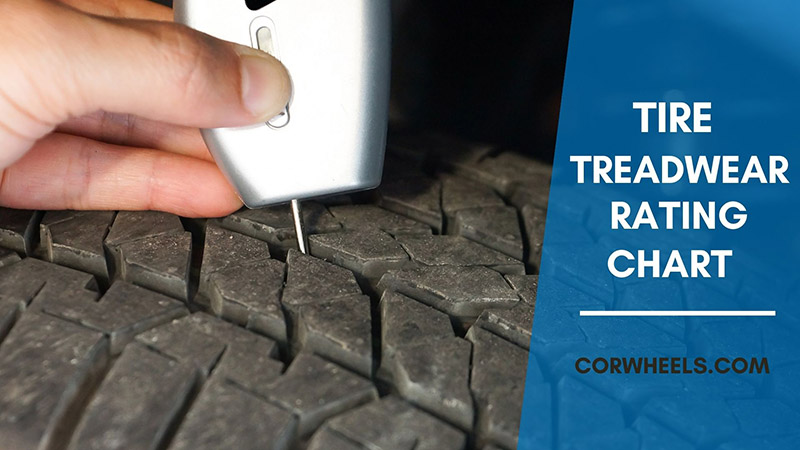

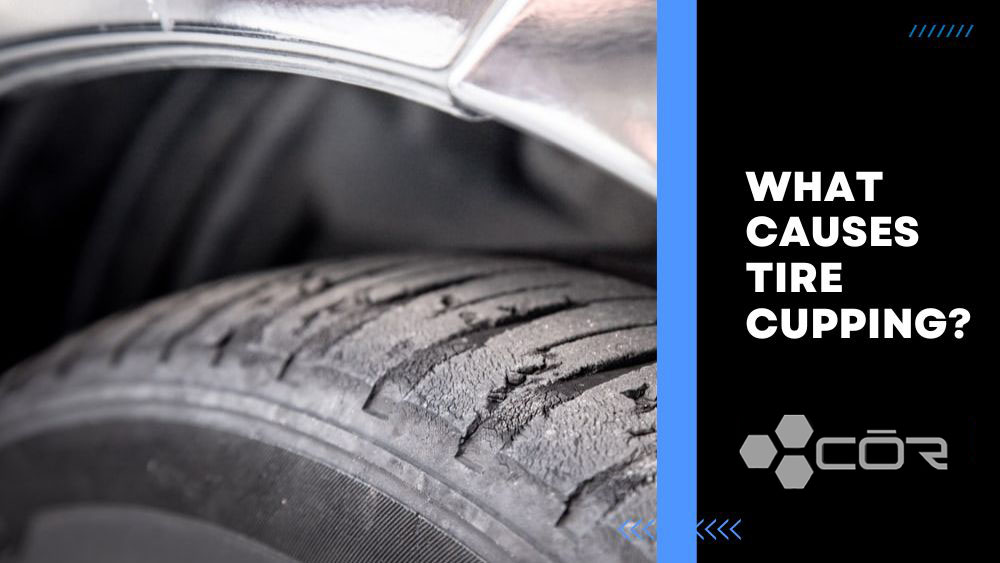
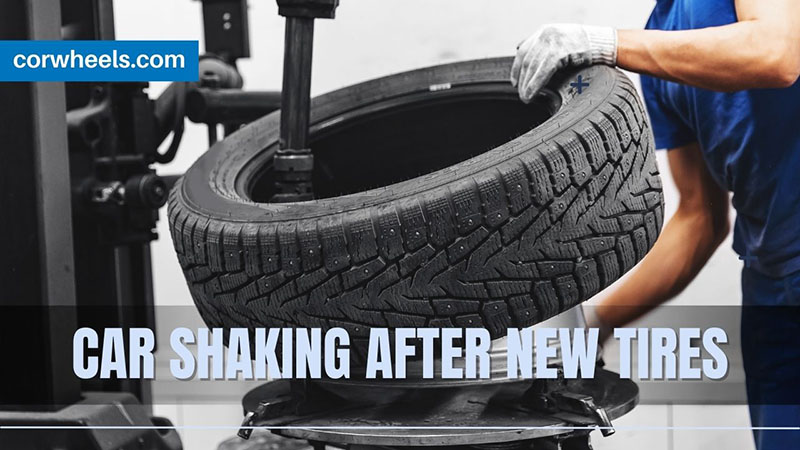
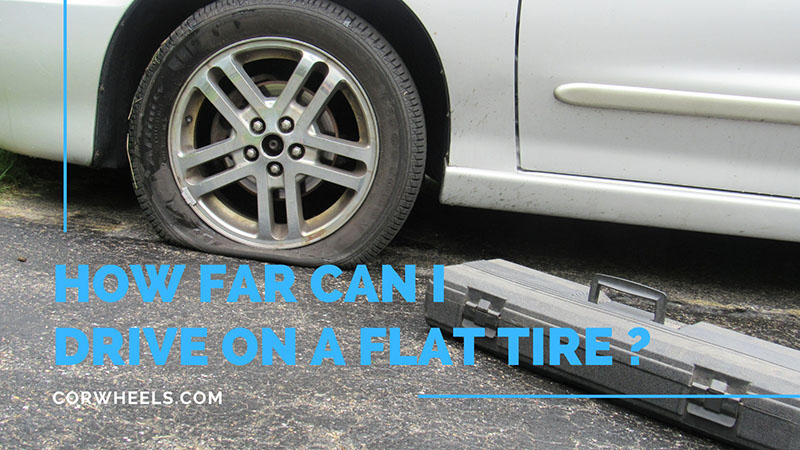

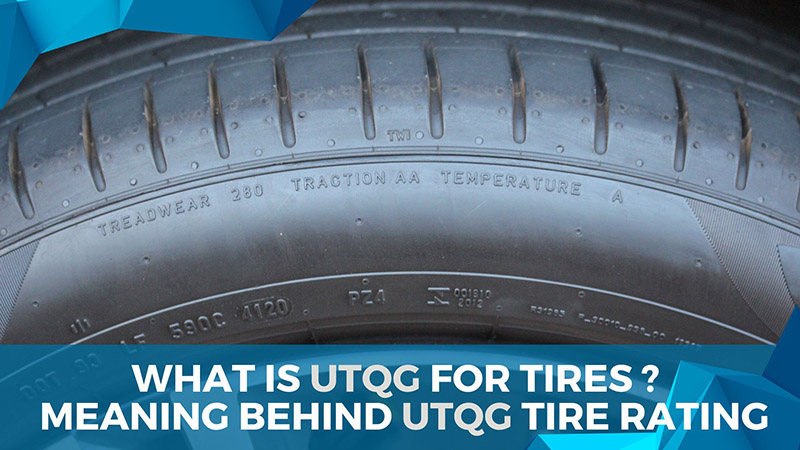
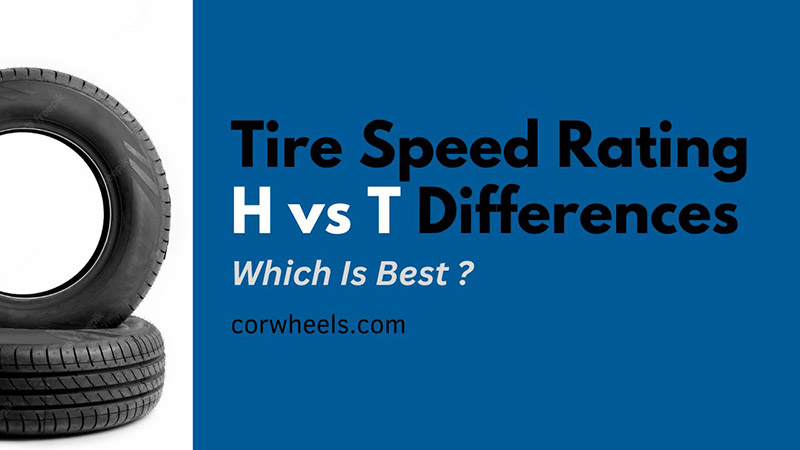
Generally the higher the treadwear rating the harder the tire is to make it last longer. This usually reduces performance, harder tires do not grip the road as snuggly. Buying tires should depend upon more than just how long they will last.